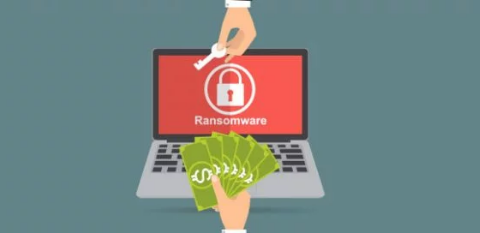Multi-factor authentication comes to Venmo
 We all know that it’s important to maintain high security vigilance across whole spectrum of your IT, from changing your email password regularly to locking your work computer when you are away from your desk. But there are few areas where it couldn’t be easier to score an own goal and make life easy for fraudsters than in the realm of financial services. From your online banking system to mobile payment platforms, these are accounts where it’s absolutely vital to be on your guard against possible intruders. Peer-to-peer payment provider Venmo just made it a little easier to do that.
We all know that it’s important to maintain high security vigilance across whole spectrum of your IT, from changing your email password regularly to locking your work computer when you are away from your desk. But there are few areas where it couldn’t be easier to score an own goal and make life easy for fraudsters than in the realm of financial services. From your online banking system to mobile payment platforms, these are accounts where it’s absolutely vital to be on your guard against possible intruders. Peer-to-peer payment provider Venmo just made it a little easier to do that.
The Venmo platform is known for its convenience and ease of use, and is commonly used to split the cost of drinks, dinner, taxis and the like. The app is now adding a raft of new security-focused features, in response to criticism of its record for ensuring the security of its customers and their financial transactions.
Back in February, a Venmo user discovered his account had been hacked and used to withdraw almost $3,000 from his credit card. The intruder had also thought to change the email address associated with the Venmo account and to disable notifications of payments, but Venmo did not tell the genuine user about the changes that had been made. Venmo was decried for letting basic lapses in security exist in its trendsetting platform.
Now the service is doing what it can to pick up the pieces and up the ante on the security front. The most obvious change is to incorporate automatic email notifications when changes are made to the basic personal details associated with a Venmo account – a feature which many believe should have been built in from the word go. But the app will also add multi-factor authentication, another name for the two-step verification that can be enabled within Google Apps and other services. This feature makes it more difficult for would-be intruders to gain access to your account, even if they manage to get hold of your password.
Multi-factor authentication works by requiring not only your password for login, but also a second piece of information such as a one-time code – often generated on-the-spot and sent by SMS to the user’s cell phone – or the answer to a pre-set security question. Insisting on two phases to the sign-in process allows another opportunity to stop potential fraudsters in their tracks. The changes being implemented by Venmo also reflect the growing awareness on the part of technology companies for the need to get serious about security and protect the integrity of their systems and their users’ data.
You can put multi-factor authentication to use in your IT systems to keep your business protected. Get in touch with us and we’ll show you how.



